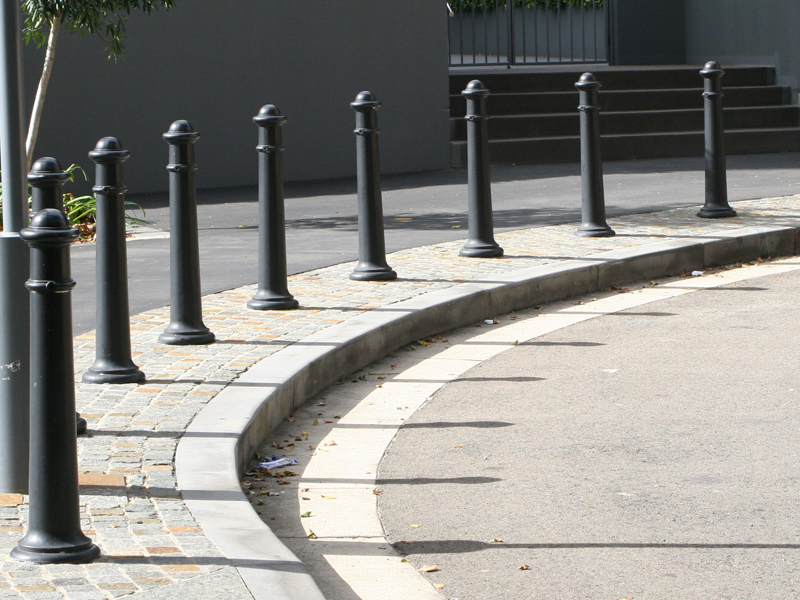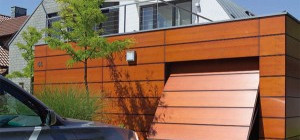 Throughout the years, bollards have been used to protect property from unauthorised access that could potentially cause damage. The use of bollards goes as far back as the 18th century, where bollards in the shape of wooden posts were used to regulate traffic. Many paintings of historic buildings include images of bollards in use to protect buildings and help avoid injuries as a result of carriages on the road. In more recent years, bollards have a wide range of uses and are extremely useful when it comes to protecting property.
Throughout the years, bollards have been used to protect property from unauthorised access that could potentially cause damage. The use of bollards goes as far back as the 18th century, where bollards in the shape of wooden posts were used to regulate traffic. Many paintings of historic buildings include images of bollards in use to protect buildings and help avoid injuries as a result of carriages on the road. In more recent years, bollards have a wide range of uses and are extremely useful when it comes to protecting property.
If you take a walk down the busy streets of London every now and then, you can't help but notice a wide range of bollards taking up both the pavement and the middle of the road in some cases. Bollards are often made from strong materials such as steel and concrete nowadays, with concrete bollards being more preferable in the earlier years. They help to manufacture car-free zones in case traffic needs to be regulated in busy areas. Bollards come in all different shapes and colours, with fluorescent orange bollards widely being used in the middle of roads so they are visible at night.
Many people feel they require durable bollards to help protect their property from harm, especially if they live on a busy street or built up area. You can also park your cherished vehicles behind bollards so that they are protected from any other vehicles that could potentially graze or dent your vehicle unintentionally. Many companies that need to keep building sites safe will use bollards to stop vehicles from accessing the build site and causing an avoidable health hazard.
Some bollards are not permanently situated after being built. These bollards are referred to as telescopic or removable and movable. Many bollards that you see on pavements or in high streets across the country can be folded out so that vehicles can access them. The majority of these bollards are fitted with padlocks that help to stop them being lowered without the proper authorisation. Telescopic bollards can be installed around a property as well if they need to be removed for specific reasons such as freeing up extra space. They can retract into the ground and disappear from sight completely.
Some more interesting forms of bollard include the robotic bollard which is capable of moving itself into a position to help regulate road traffic when it is needed. Another useful form of bollard is the self-recovering bollard, which prevents damage to either itself or the vehicle that hits it after being nudged and returning to its upright state. This particular form of bollard can be found regularly in car parks and built up areas.
Overall, bollards provide an excellent service when you need something protected or restricted from access. They are sturdy constructions that also help to efficiently regulate traffic thanks to added features such as luminosity and shape. Since the 18th century, they have provided the public with an underrated service and can potentially save both money and lives on a regular basis.
Published on behalf of Keith Arnold. Keith is a blogger working with Maltaward Barriers, suppliers of bollards, barriers and blocks to the construction industry







